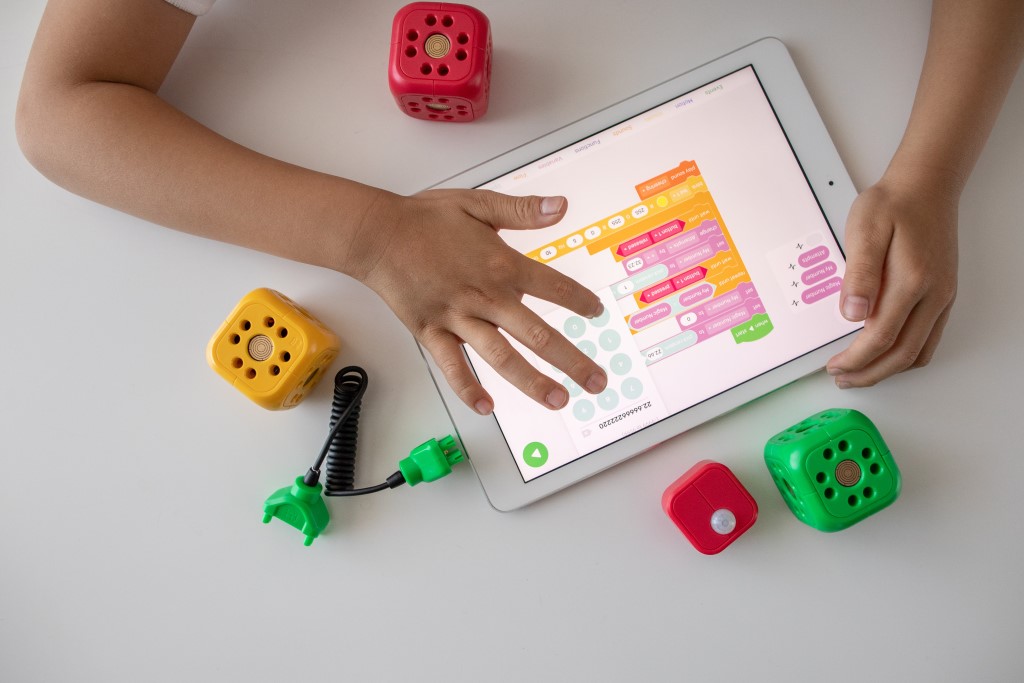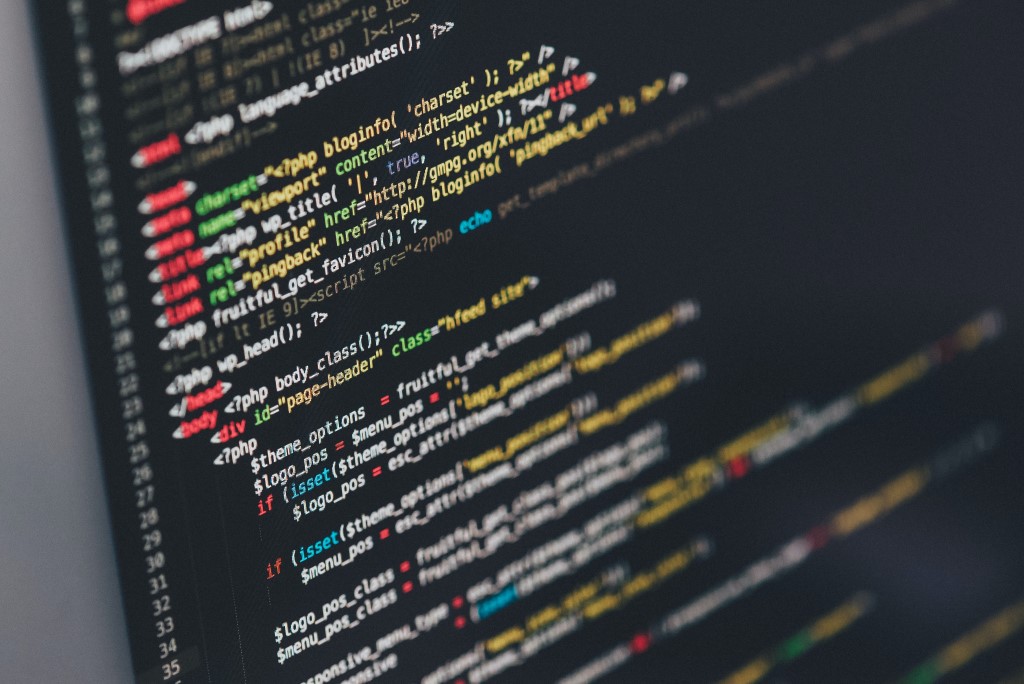The future is digital is what most people can agree on. With an ever-increasing pace of digitalization, it is time to step aside and be observant. At what point do we lose our touch with the technology as it slowly takes over the market. Having a basic understanding of how coding works is not so unattainable, and will not turn anyone into a programmer overnight. However, it may provide an understanding of the principles and regularities that govern the code.

Kindergarten to Elementary School – K-5 (Starting Out and Developing Skills)
Teaching Coding With No Computer
Play Robot Turtles. It may seem counterintuitive, to use no computer to teach coding, but the most important skills in coding do not have anything to do with computers. Critical, observational skills and the abilities to think step-by-step, to break down complex tasks into simpler steps, and learning how to recombine those steps to solve new problems are the skills that a child should be developing early in life.
Include Everyone – No Biases in a Coding Classroom
You should teach coding early on. Very early to be specific, since this will help children overcome biases. Teaching Girls to Code is equally important as teaching the boys, so make sure to check out Erase All Kittens, a free online game that should appeal to girls more than the boys. Early empowerment leads to great results!
Use Visual Programming Apps
Visual Programming Apps go beyond a simple Matrix-like coding interface and present your child with a more visual way to code. Stacking cubes and letters is familiar to all of us, so games such as Scratch are the easiest way to present coding to your child.
Junior High School – Grades 6-9
Connect Coding to Languages
Code and Languages are not so different. After all, coding is always done in a computer LANGUAGE. Teaching teens language structures and how these structures can be seen even in different languages is a great way to ensure that your child understands how both human and computer languages work. TranslationReport is a great tool that can showcase this exact language trait. Work with these professionals on translating bits and pieces of text into different languages, and then let your students figure out how language patterns repeat themselves.
Design Challenge Projects
Junior High is the perfect time to start introducing challenges to your students. Make them slightly competitive and form groups of students that can compete against each other. Code Camp World is a great online platform that lets your students learn to code or brush up on their skills in a fun and intuitive manner.
Include Time Limitations – Develop Quick Problem-Solving and Improvisation
Making kids understand and use their coding skills is one thing, but making them do so in a restricted time slot is something different. For a junior-high classroom, you can use more of a challenge: give your students a challenge to solve in a Coding Game, but set a time limit. All students who manage to solve the problem get a chance, in the next class, to present their approach to your challenge.
Senior High School – Grades 10-12
Teach about Code.org
Senior High is the best time and place to introduce Code.org. This website is a great resource for your students. They can choose from one of many coding courses and aim their education in the direction that would suit them the best. Ensure you can provide them with enough guidance so that they could make educated decisions.
Introduce Specialized Hardware
By this time, your students should already know enough coding to be able to achieve a certain level of independence. You can use this time to introduce some specialized platforms, such as Raspberry Pi, an independent platform for coding. These simple and inexpensive computers should be affordable by everyone, and even your school should be equipped enough to buy a whole bunch of these for your coding classroom.
Introduce Project-Based Coding
Continuing on the trend from Junior high, you can introduce Code for Life to your students. Divide students into groups and let them work on one and the same project. The focus now should not be on competition and time limits, but rather on different approaches. Once the teams have finished their projects using Code for Life, take representatives of both teams to go and inspect the code of the other team. This should enable your students to understand different approaches and possible solutions to the same problem.

Conclusion
Teaching Coding should not aim at making a professional programmer out of everyone. Rather, it should teach children about the benefits of programming and knowing how the code works. The world we live in is getting digitized at an unprecedented pace, where even the chores are getting digitized in one form or another. A basic understanding of how the code functions could be the best entry ticket for a truly digital future.

Author Bio:
Andrew Garcia is an office worker. He hopes to one day turn his hobby, HTML coding, into a full-time job. He hopes his son, Jake, picks up the love for coding as well.